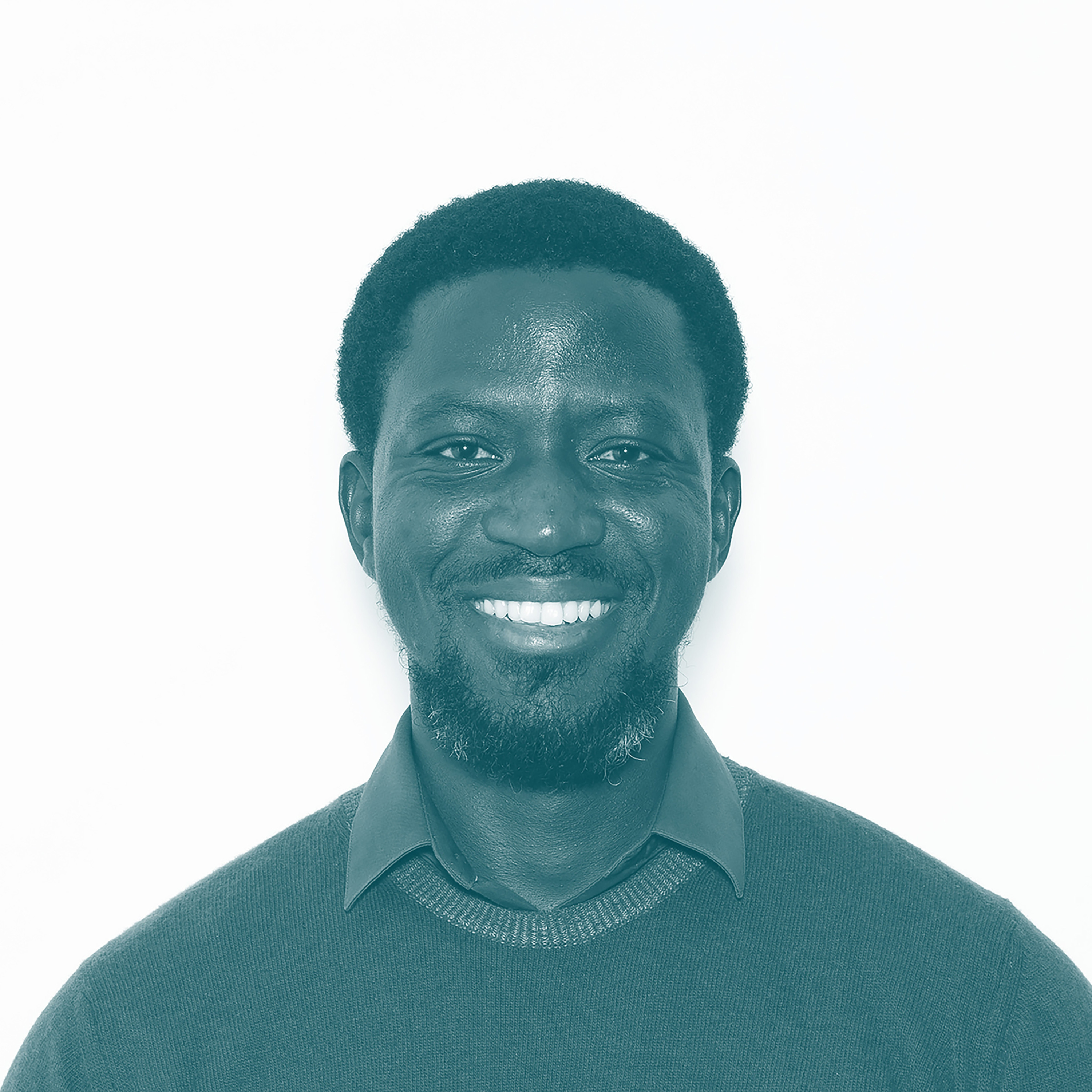
Ibrahim Mahama on the Great Potential of Art to Change How We Look at the World
 2020-04-01
2020-04-01
Over the past decade—and especially in the last year—the Ghanaian artist Ibrahim Mahama has swiftly risen to become one of the most prominent African voices in art. At age 32, he has already exhibited at the Biennale of Sydney, on Cockatoo Island (his work “No Friend But the Mountains” is currently on view there through June 8, though that date may change because of the coronavirus pandemic), as well as at the 2019 Frieze Sculpture presentation at Rockefeller Center in New York and the Ghana Pavilion at the 2019 Venice Biennale. He’s created large-scale public installations around the world, including in Milan (with the Trussardi Foundation, also in 2019) and Athens (during Documenta 14, in 2017). Mahama’s work has also been shown at the Whitworth Gallery in Manchester (also in 2019), the Norval Foundation in Cape Town (yet again in 2019), and the Eli and Edythe Broad Art Museum at Michigan State University (2015). He is represented by the highly respected White Cube gallery. The Africa Report, a Paris-based news magazine that focuses on African politics and economics, recently named Mahama one of the 100 most influential Africans today. In addition to his art-making, he is the founder of an artist-run nonprofit cultural institution and exhibition space, the Savannah Center for Contemporary Art (SCCA), which opened a year ago (yes, also in 2019) in Tamale, a city in the north of Ghana.
Central to Mahama’s inspiration is a specific material: jute sacks. Working with a team of collaborators to repurpose the burlap bags, which are traditionally used to transport cocoa beans, he sews together installations that range from wall- or room-size to monumental, often draping the fabric on, around, and over prominent architectural sites. Though his pieces have often been compared to the “wrap” work of Christo and Jeanne-Claude, that is not necessarily an apt analogy, or at least it’s just a surface-level one. While similar in scale and scope to Christo’s ambitious environmental artworks, Mahama’s creations, like his overall practice, are socially oriented and focused on concerns such as labor, migration, globalization, and economic exchange.
On this episode of Time Sensitive, Mahama discusses with Spencer his fascination with jute sacks as a material; his views on “Ghanaian time” and Africa’s global influence; his unorthodox upbringing (he grew up among nine siblings and with a polygamous father who had four wives, and was sent to boarding at age 5); and his dreams for the SCCA.
More Episodes
 2022-05-18
2022-05-18
Create your
podcast in
minutes
- Full-featured podcast site
- Unlimited storage and bandwidth
- Comprehensive podcast stats
- Distribute to Apple Podcasts, Spotify, and more
- Make money with your podcast
It is Free
- Privacy Policy
- Cookie Policy
- Terms of Use
- Consent Preferences
- Copyright © 2015-2024 Podbean.com





